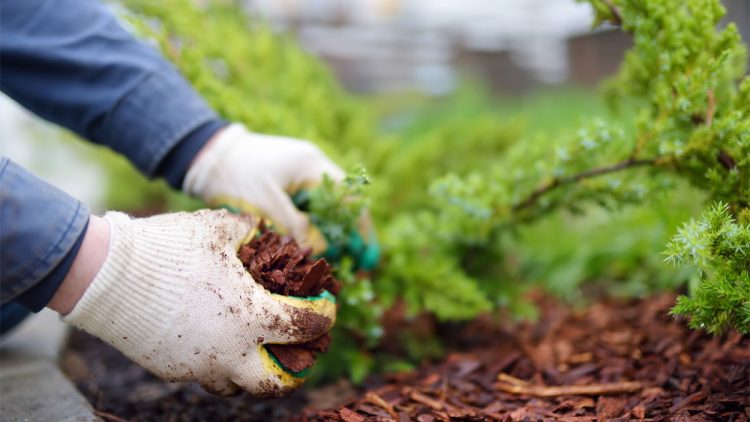MULCH VS WOOD CHIPS
Mulch vs Wood Chips
Mulch and wood chips offer overlay applications in the universe of gardening and landscaping. Gardeners utilize the organic and in-organic materials for the growing of plant species for the nutrition and safeguarding of garden specimens, among others. Although the definitions and applications of the two overlap each other, mulch and wood chips establish different things in the universe of gardening and landscaping. Far from gardening terminology, the definitions of wood chips and mulch greatly differ.
Mulch
Technically, mulch embodies any material situated on the surface of soil surrounding plants. Commonly organic, mulch decreases water evaporation, balances soil moisture, keeps weed populations down, manages soil temperature in intense conditions, manages and prevents erosion and prevents the compaction of soil. Materials used as mulch vary significantly and includes both organic and in-organic materials. Organic mulches boost microorganism activity in soil, which benefits soil quality and reduces compaction.
Types of Mulch
A plethora types of mulch are available. Organic types of mulch comprise of grass clippings, hay or straw, bark and needles from pine trees, various leaves, moldy leaves, shredded hardwood materials, compost, shells from pecans, coffee grounds and wood chips. Any organic waste from yards can serve this purpose. If you think about it, ground covering plants like ivy and periwinkle also makes up types of organic mulch. In-organic mulches comprise of gravel and/or crushed stone, pebbles, plastic sheets, rubber, man-made pine needles and landscape and/or woven ground cloth. As a variety of organic mulch, wood chips represent one of the many alternatives available for gardeners or landscapers seeking mulch types. The nature of the wood chip mulch makes it ideal for creating paths through the garden or yard in addition to offering a mulching material.
Woodchips as Mulch
Different types of mulch offer various benefits and drawbacks in the landscape or garden. Wood chip mulch, which comprises of small pieces of ground up bark or wood, proves especially beneficial with trees, smaller fruiting species, shrubs, and perennials. It heightens survival percentages in smaller trees and helps hinder damage to such plants in areas that have heavy rainfall seasons. The recommendation is applying two to four inches of wood chip mulch in a diameter of three to six feet around the base of a tree or plant. The larger the tree or plant, the wider and deeper the area of wood chip mulch will be needed. The right amount needed is also subject to the size of the chips in the mulch.
Further Details
While they include one of the many kinds of organic mulch, the simplest explanation of wood chips specifies them as the by-product of wood chipping, or the breaking down of bark and wood. Wood chips offer different uses, including organic mulch and bio-fuel materials for burning.
Wood chip mulch can be hazardous to garden or landscape plants if not used correctly. If left outdoors in large piles for long periods of time, wood chips decline from the lack of circulating oxygen, resulting in the creation of acids and other harsh composites. When placed in gardens or in landscaping, specifically in warmer weather, these chips could discharge harmful vapors that can damage and even decimate plants. When your mulch is “sour,” spread it out prior to adding it to your garden or landscape.
Source:
- Difference Between Mulch & Wood Chips. (n.d.). Retrieved September 18, 2020, from https://www.hunker.com/13404724/difference-between-mulch-wood-chips
Free Landscaping Quotes
Start creating your very own landscaping project in Scottsdale or Phoenix, Arizona by giving Arte Verde a call today at (602) 618-0688 to schedule a free consultation!







